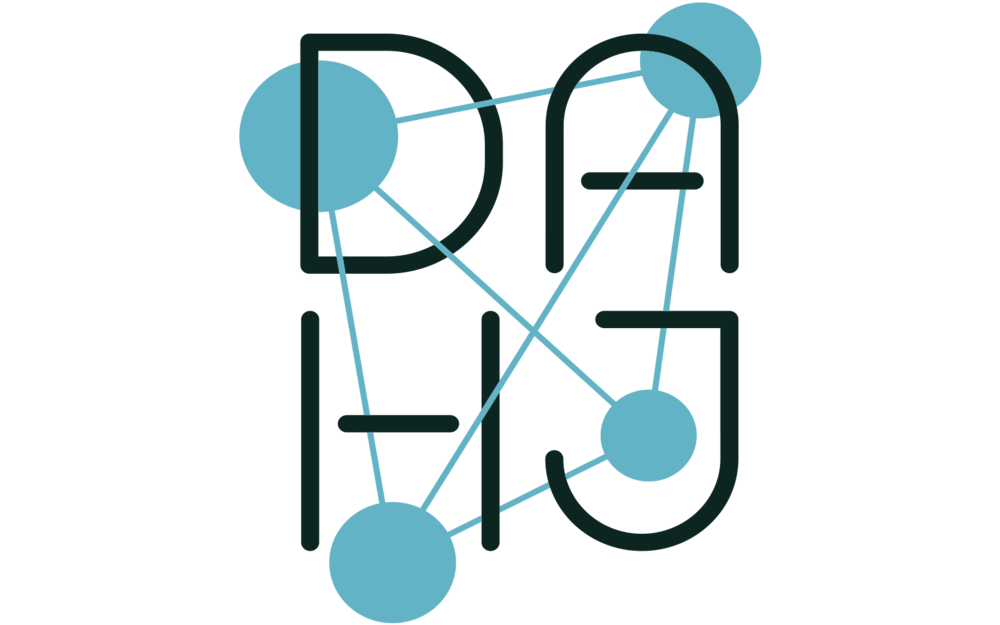Abstract
The “uncanny” and the “uncanny valley” are concepts that address the experience of fascination and fear one experiences upon confronting an entity whose status as living or dead, human or machine, real or unreal, is indeterminate. Visual culture holds important clues about the meanings of the uncanny in modern, postmodern, and posthuman thinking. This essay traces the role of these concepts in art history, focusing especially on the period following 1970, when roboticist Masahiro Mori used the phrase “uncanny valley” to describe the profound discomfort triggered by near-perfect human likeness. Since that time, digital technologies have raised the stakes around aesthetic and philosophical issues of resemblance, realism, and illusion, demanding new ways of thinking about encounters between viewers and uncanny art objects, whether in real or virtual space.
DOI: https://doi.org/10.11588/dah.2021.6.81164
Author
Britt Salvesen
joined LACMA in October 2009 as curator and head of the Wallis Annenberg Photography Department and the Prints and Drawings Department. Her recent curatorial projects at LACMA include Robert Mapplethorpe: The Perfect Medium (2016); Guillermo del Toro: At Home with Monsters (2016); Alejandro G. Iñárritu: Carne y Arena, virtually present, physically invisible (VR installation, 2017–18); and 3D: Double Vision (2018).

